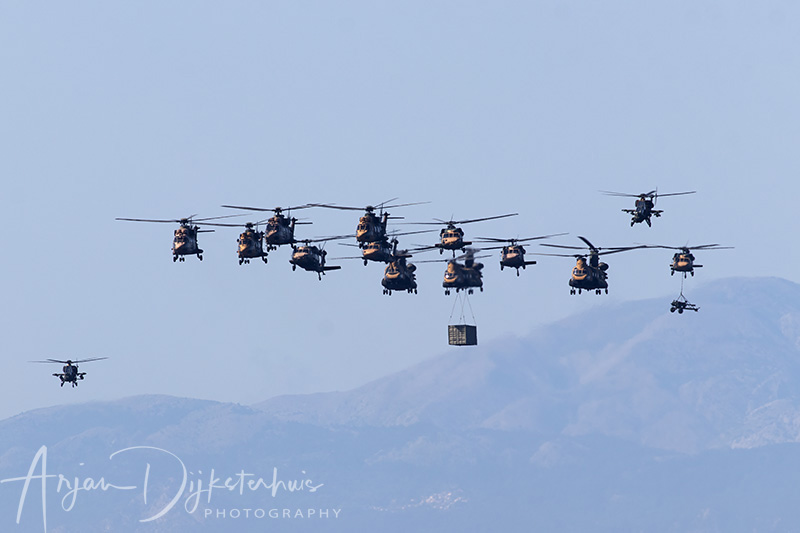
Türkiye practiced at large, during the largest Combined Live Fire Exercise held this. Between the 25th of May and the 30th of May, the exercise and shooting range in the Doğanbey region of Seferihisar, in the district of Izmir, at the Aegean Sea was the location for the largest planned Combined Joint Live Fire Exercise in Türkiye; EFES-2024.

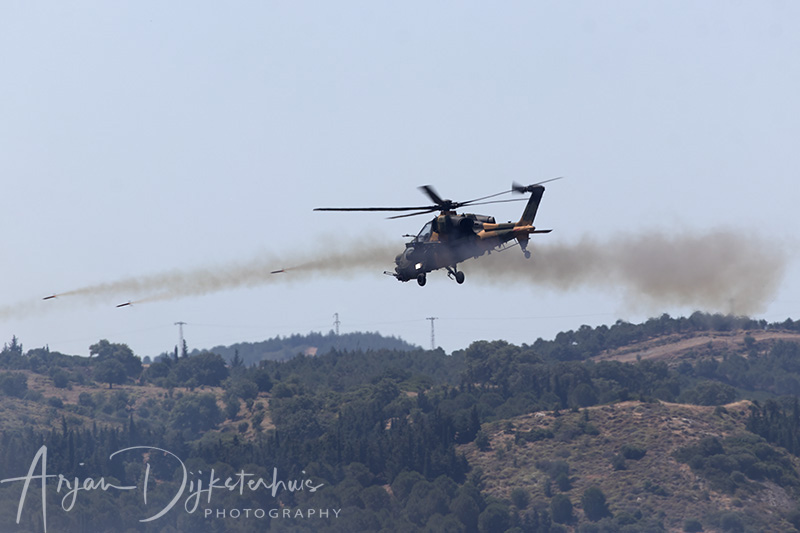
The EFES exercise is held every two years and is conducted by the Ministry of National Defence, with participation of units and elements of the Turkish Armed Forces, the General Staff, Army, Navy and Air Force Commands, Special Operations Command, Gendarmerie General Command, Coast Guard Command, Governmental and Non-Governmental organizations and departments and included foreign assets from 45 countries participating in this year’s edition.
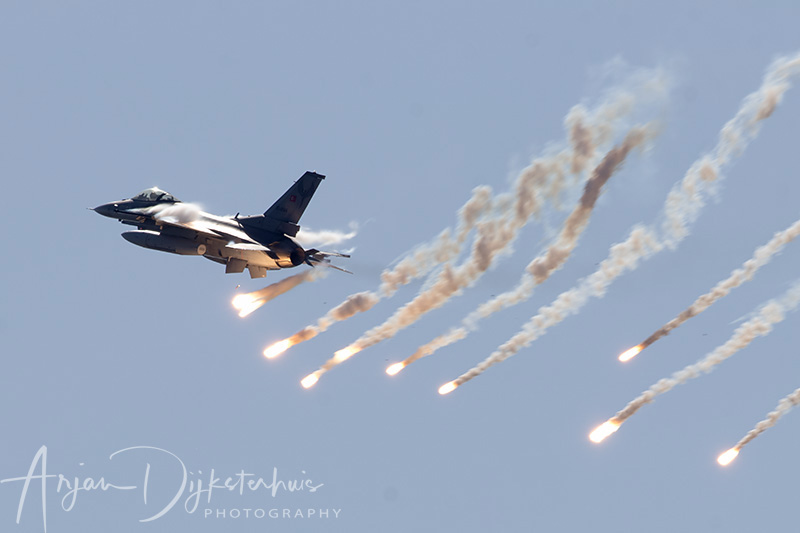
Over 9,000 Turkish military personnel participated in this exercise, joined by almost 1,750 military personnel from 45 allied, partner and friendly nations, such as Brazil, Burkina Faso, Cameroon, Gambia and Mali, but also other countries like Moldova, Mongolia, Pakistan, Ruanda and Uzbekistan.
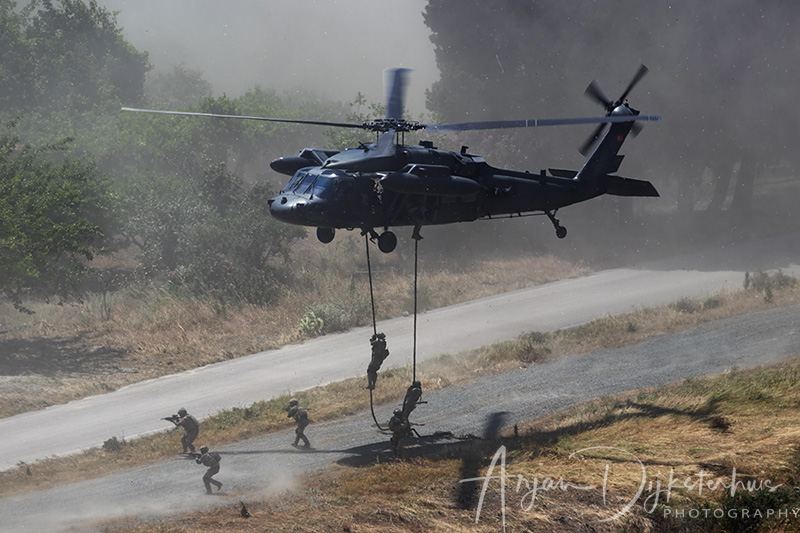
The aim of the exercise was to improve the military capability of joint headquarters and units created together with the participating countries in combined joint operations while covering all the assigned missions, in addition to maintaining combat readiness.
Several objectives had to be achieved, this included the planning of combined and joint operations, training the personnel on its coordination and improving the interoperability. Testing and improving the command-control methods, electronic combat tactics and techniques, trial and improvement of airspace control methods and ensuring the efficient use of Tactical Data Link systems during the exercise. Also testing and improving the joint use of techniques, methods, tactics, the abilities of (new) combat weapons and systems of land, naval and air forces. Another goal was to improve the awareness on cyber security, testing the principles of reaction on cyber events and to advance the abilities and capabilities to conduct a joint hybrid operation against threats.
This year’s exercise was different compared to the previous editions while it emphasised more on the joint execution of the exercise with all participating units from each country, hybrid operations and experiences gained during anti-terrorism operations and other operations such as Euphrates Shield, Claw Thunderbolt and Claw Tiger. Main focus points consisted of Urbanized Area Combat, infiltration at night from both sea and air, raids and rescue operations with special forces.
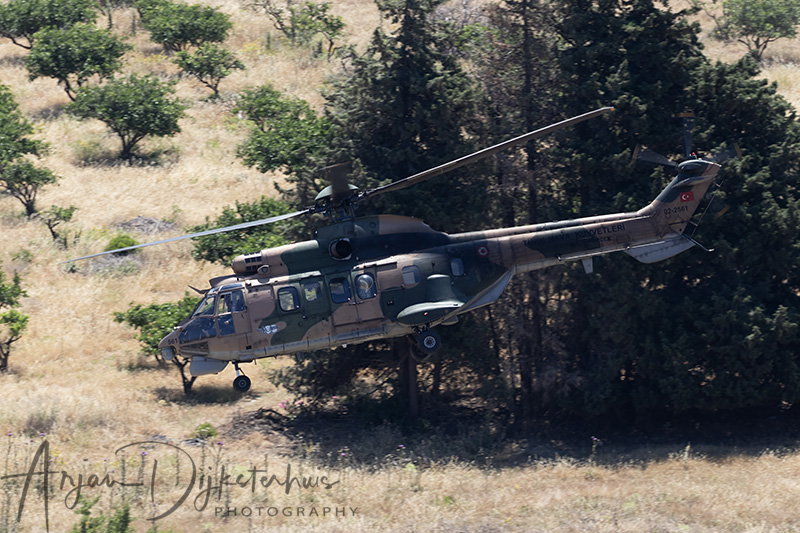
Unlike previous editions, the exercise was not based on a fictional escalation between two countries, but based on a scenario within the scope of Peace Support Operations. A coalition force was established with Combined Joint Task Forces. Special Operations Forces (SOF), from various countries infiltrated by air, tasked to neutralize several targets. While covered by darkness, both the Underwater Assault Team (UAT) and an Underwater Defence Team came into action supported with artillery, mortar fire and light armoured reconnaissance live firing, followed by an amphibious operation. With T129B ATAK attack helicopters supporting the operations while using their 20 mm turreted guns and releasing both the unguided 70 mm rockets and UMTAS Anti-tank guided missiles on various targets.
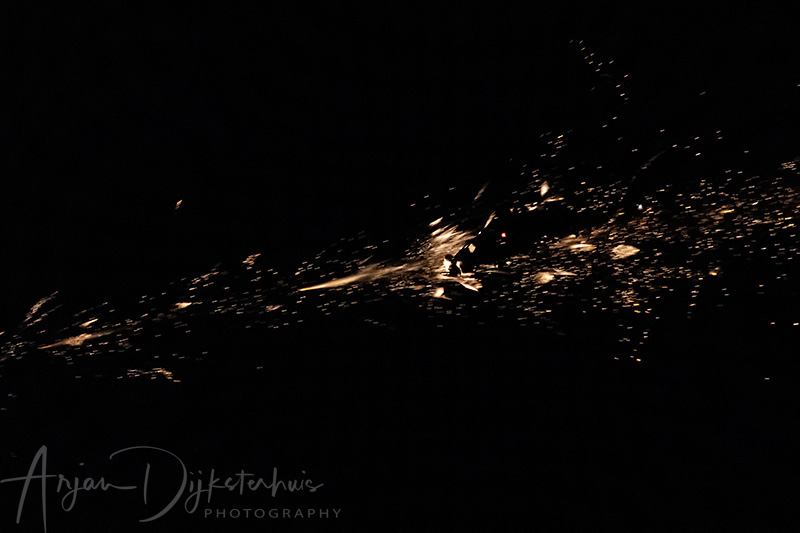
A pair of Turkish Special Forces Command (Özel Kuvvetler Alayi) operated S-70 Blackhawks arrived on the scene while being covered by complete darkness and therefore unseen by the human eye. the pilots made their approach between trees, using their night vision goggles, and followed a small dirt road to a designated area where they came into a hover to deliver special forces teams which disembarked from the Blackhawks by fast-ropes. Thereafter, the Blackhawk helicopters left the scene and the silence returned for a short while. The special forces teams executed their mission on the ground, but with one of them being wounded, an evacuation was needed for this soldier to receive proper medical care. Therefore a Blackhawk returned for a CSAR (Combat Search and Rescue) mission, this time covered by a pair of T129B ATAK attack helicopters which executed multiple strafing runs in support of the special forces teams on the ground.
The exercise also continued at sea, where a merchant vessel was hijacked. Special forces were tasked to regain control of the vessel, arrest the hijackers and ensure the safety of the ships crew. A special forces team boarded a S-70B Seahawk at night and used fast-ropes to set foot on the vessel. Body-cam footage revealed a quick and smooth operation of the team, mission successful, mission completed.
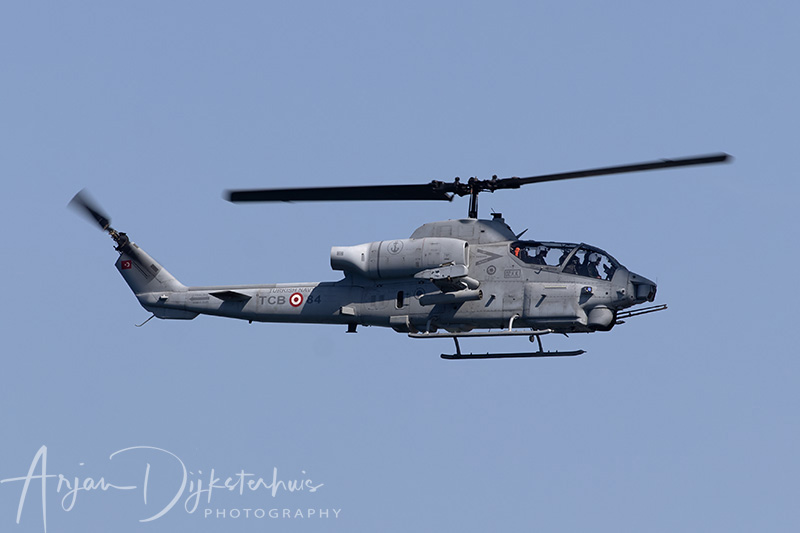

During daylight the operations continued, with both artillery, Turkish AH-1W Cobras and T129B attack helicopters attacking enemy ground units and providing Close Air Support (CAS) for the disembarking ground assets. AS.532 Cougars, S-70 Blackhawks and CH-47F Chinook transport helicopters delivered troops and equipment.
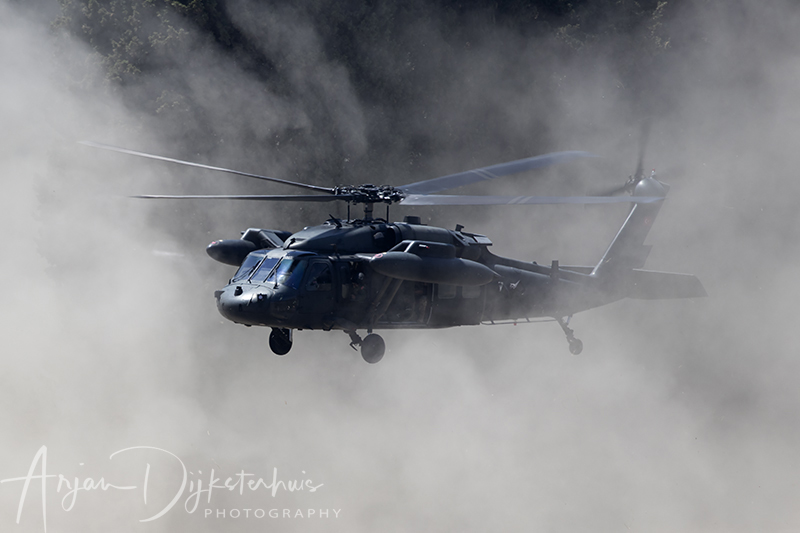
The Turkish Special Forces Blackhawks supported the exercise during the day as well. Special forces teams deployed from the Blackhawks. During the extraction phase, one of the three S-70B Blackhawks did not land to pick up special forces, but used an Airborne Tactical Extraction Platform instead. This was the first time that such an extraction platform was used during an EFES exercise.
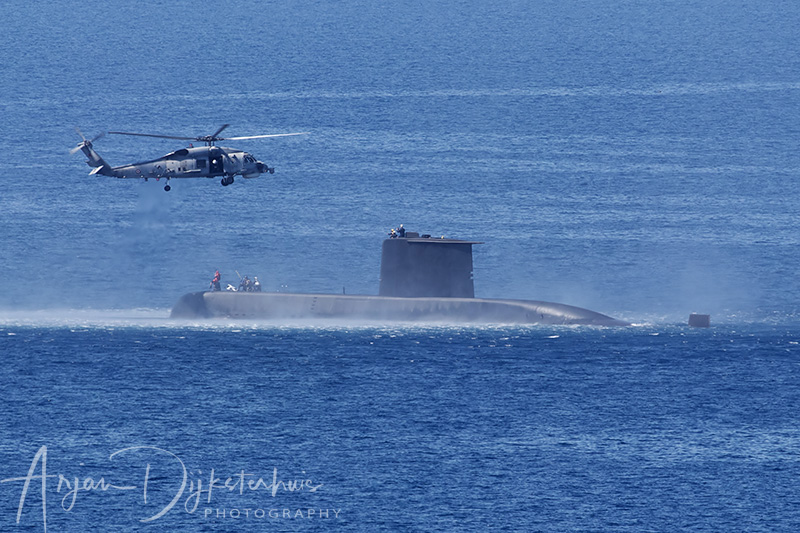
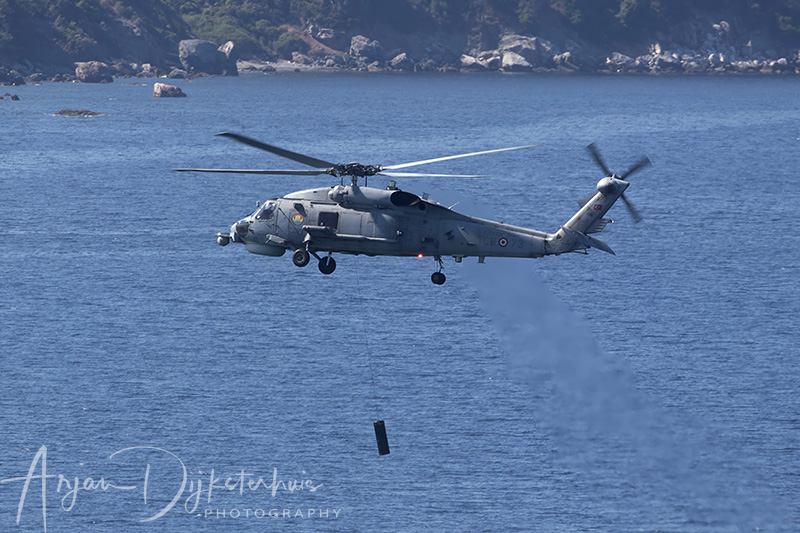
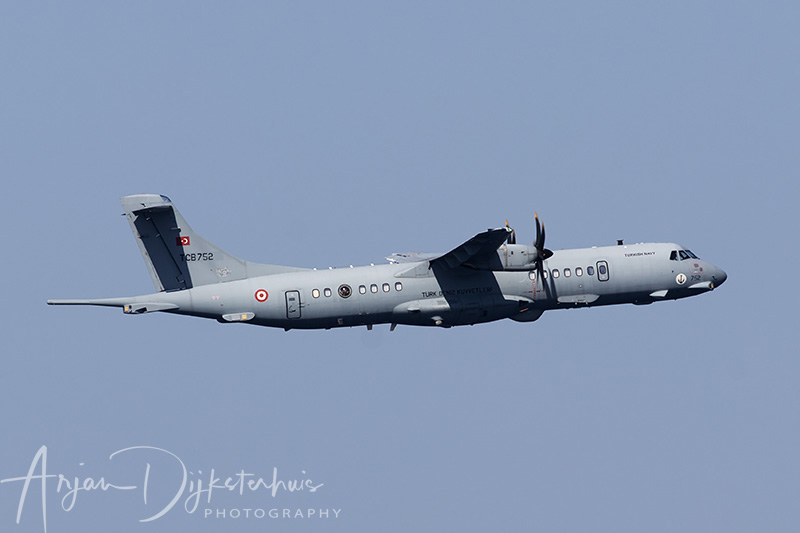
Anti-submarine operations were executed with multiple S-70B Seahawks, operating form the TCG Anadolu. The S-70B Seahawks were tasked to locate a submarine, while using their dipping sonar. A Turkish Reis class submarine, TCG Piri Reis, was found and shortly forced to surface as part of the exercise. A casualty was reported and a S-70B Seahawk was scrambled to execute a medical evacuation from the submarine.
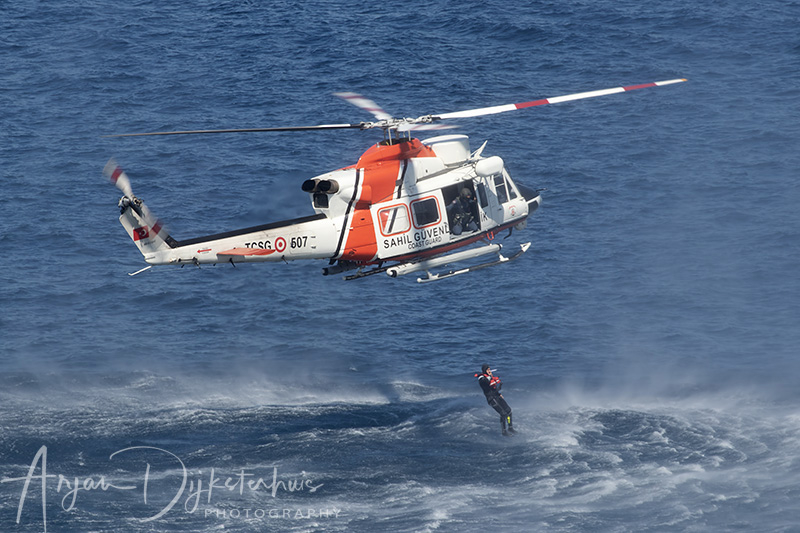
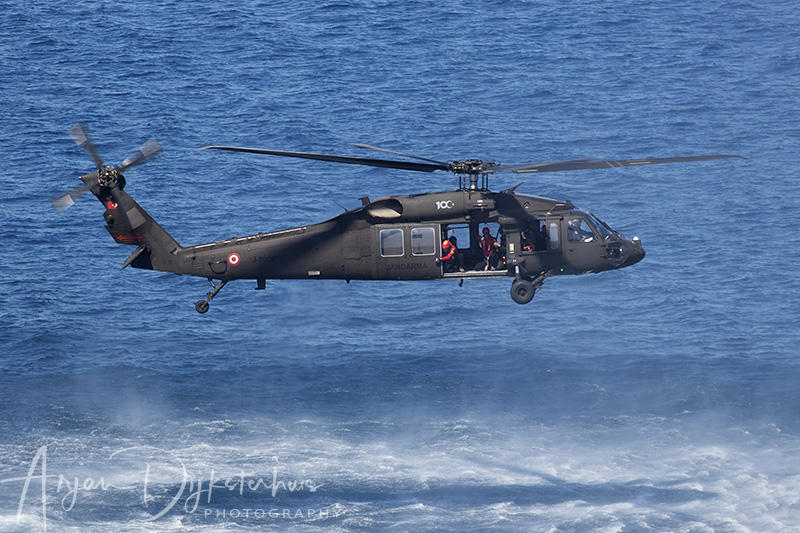
Regular Search and Rescue missions were also executed by both the Turkish Coast Guard with an AB-412EP and the Jandarma, the Turkish Gendarmerie (Türk Jandarma Havacılık Başkanlığı), with one of their T-70 Blackhawk helicopters as part of the exercise.
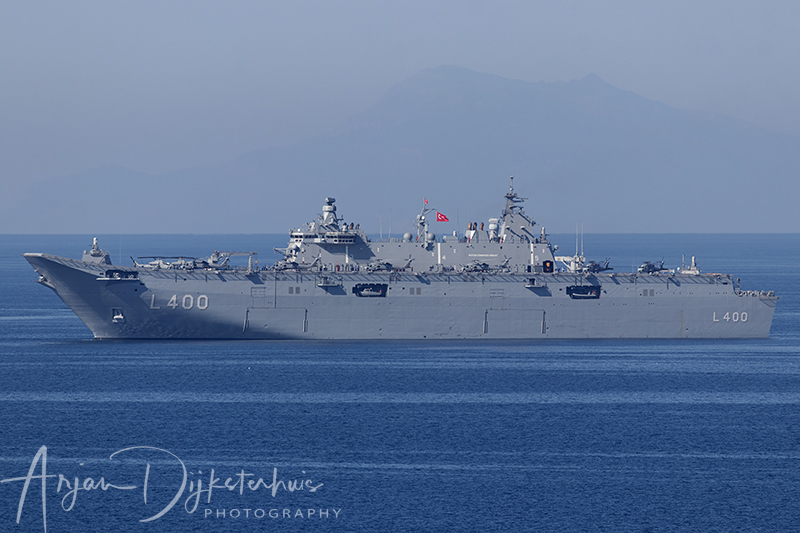
TCG Anadolu
Multipurpose Amphibious ship TCG Anadolu was commissioned in April 2023 and thus participated for the first time during an EFES exercise. While being moored along the coast, a couple of AH-1W Super Cobras and S-70B Seahawks were present on deck. After unsuccessful negotiations between Türkiye and Bell to acquire the AH-1Z King Cobra, another solution was found. In 2022, the Turkish Army transferred ten AH-1W Super Cobras to the Turkish Navy. The Super Cobras lost their tree tone camouflage for a grey tone and are currently operated by 353 Filo which conducted Close Air Support during the exercise. TCG Anadolu was intensively used by various types of helicopters. Besides the based Super Cobras and Seahawks, several Cougars and a Chinook also landed onboard to pick up personnel.
The use of drones was also implemented in the exercise. A Boyga UAV was used for the first time to drop a 81 mm mortar. A micro kamikaze drone, the Mikon, was also used for the first time. The Bayraktar Akinci UCAV (High-Altitude, Long-Endurance Unmanned Combat Aerial Vehicle) could not be seen, but the impact of a laser guided MAM-T missile, released from the Akinci, was.
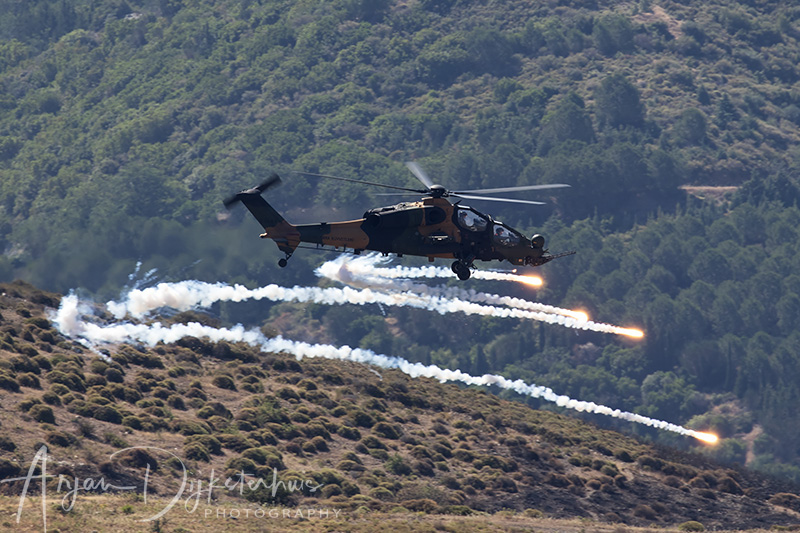
A defence industry exhibition was held alongside the exercise area showcasing only Turkish companies and manufacturers in a wide range of products. Among them was Baykar, showcasing both the Bayraktar TB2 and TB3. The Bayraktar TB3 has foldable wings and is developed to operate from the first amphibious assault ship of the Turkish Navy; TCG Anadolu.
